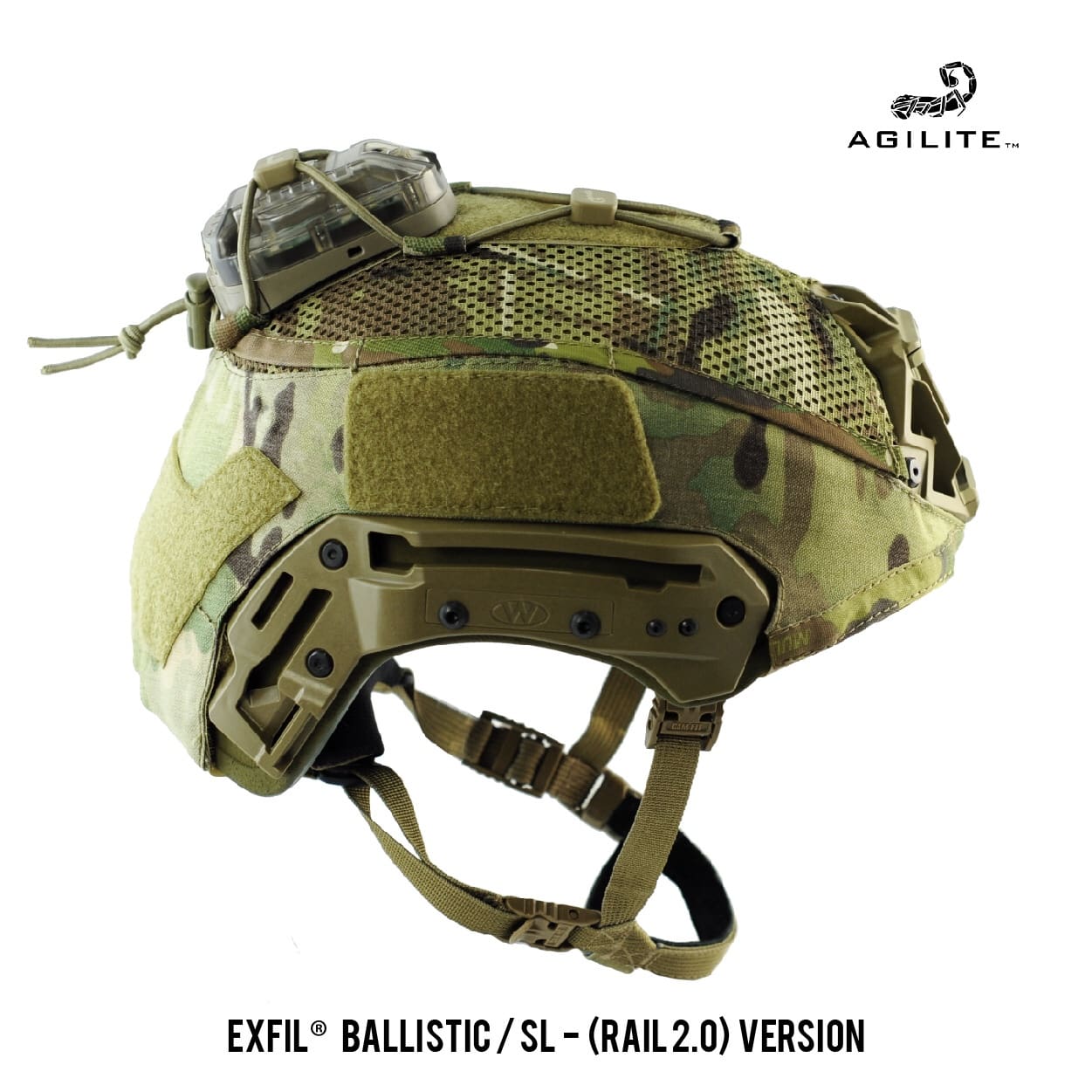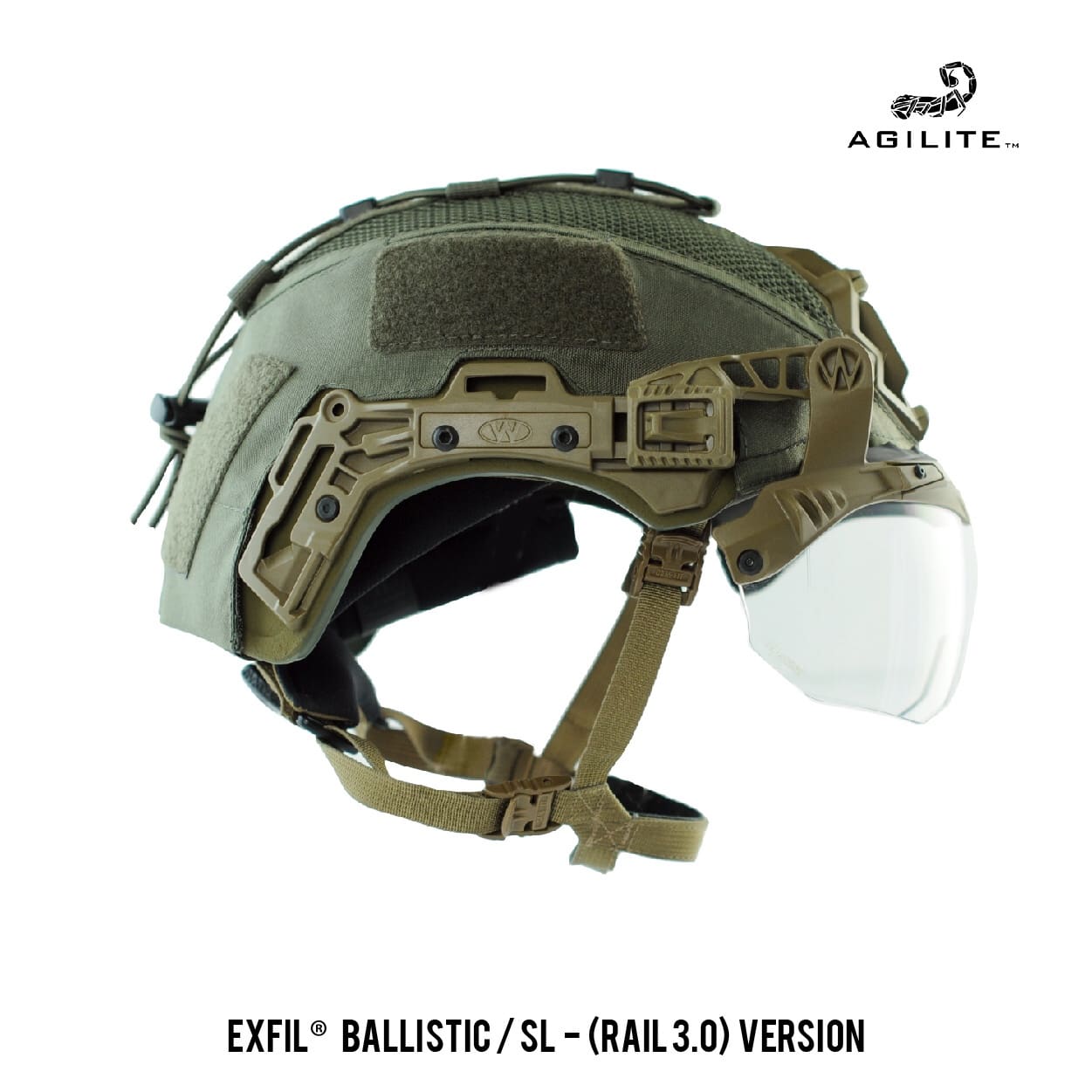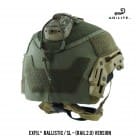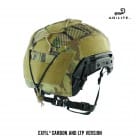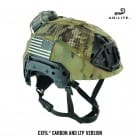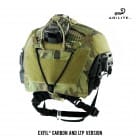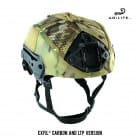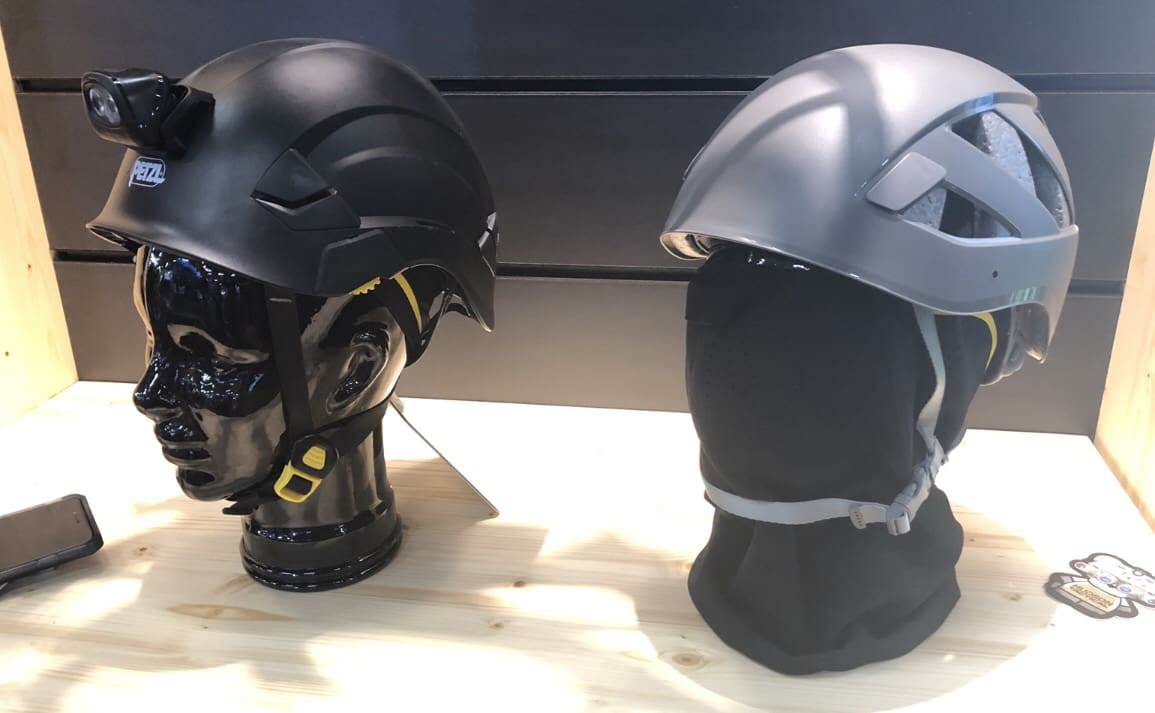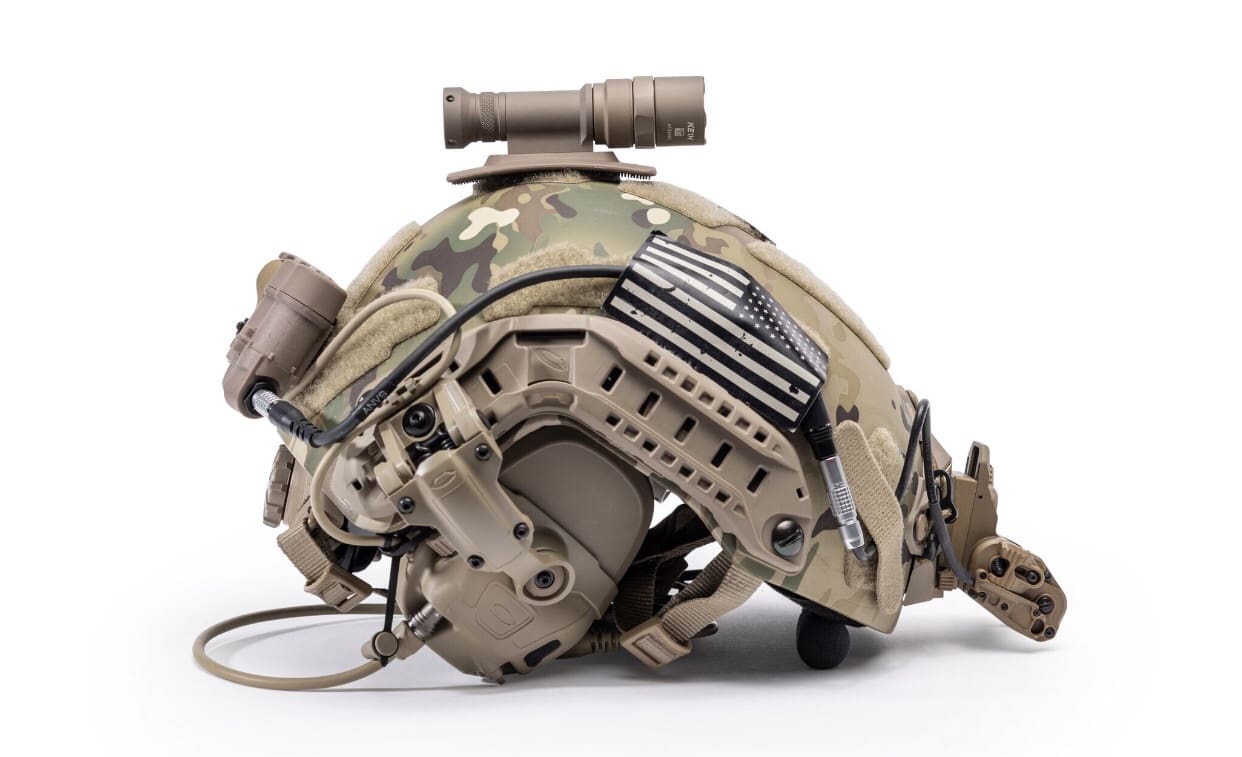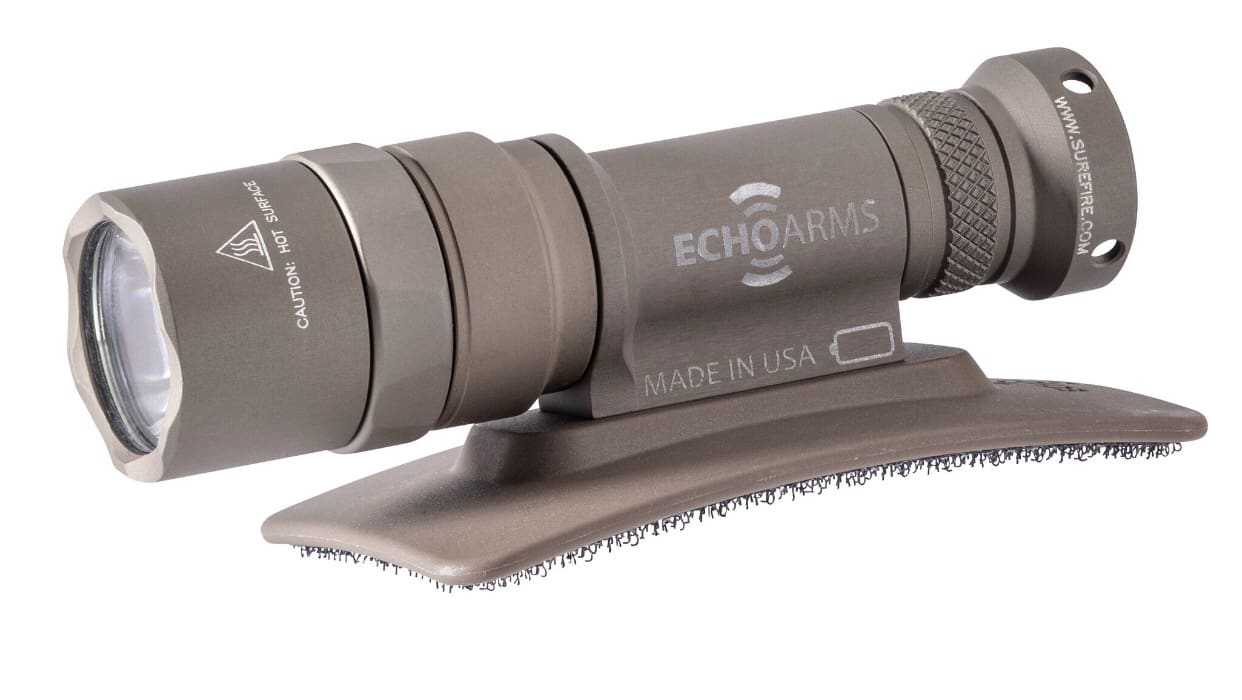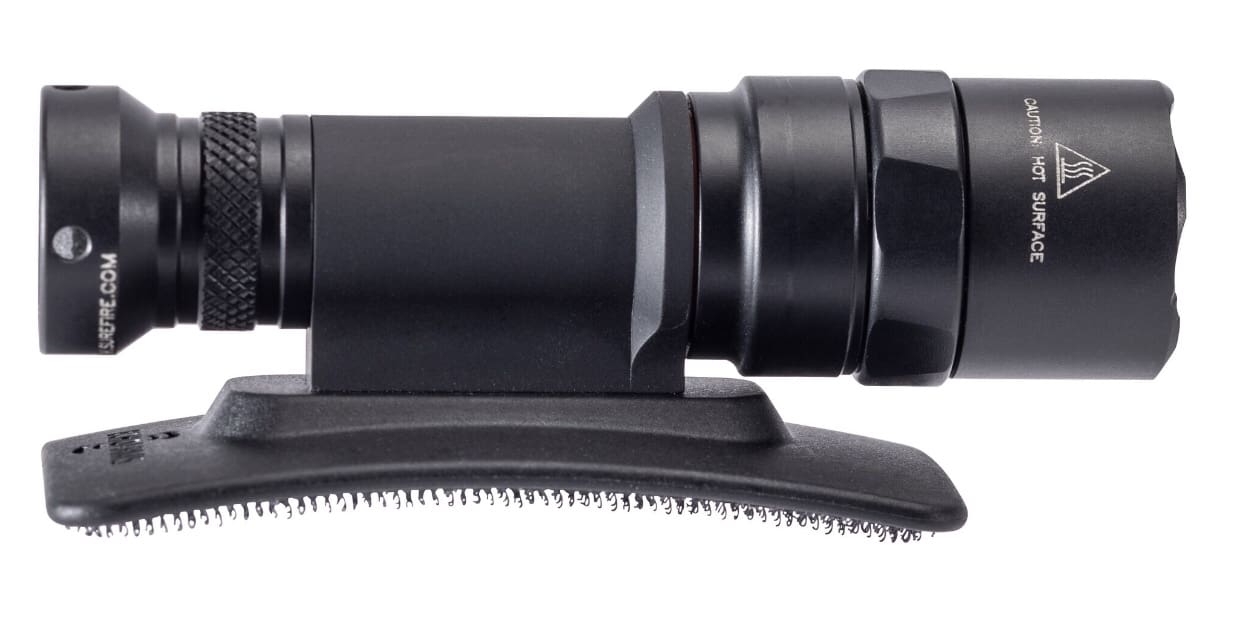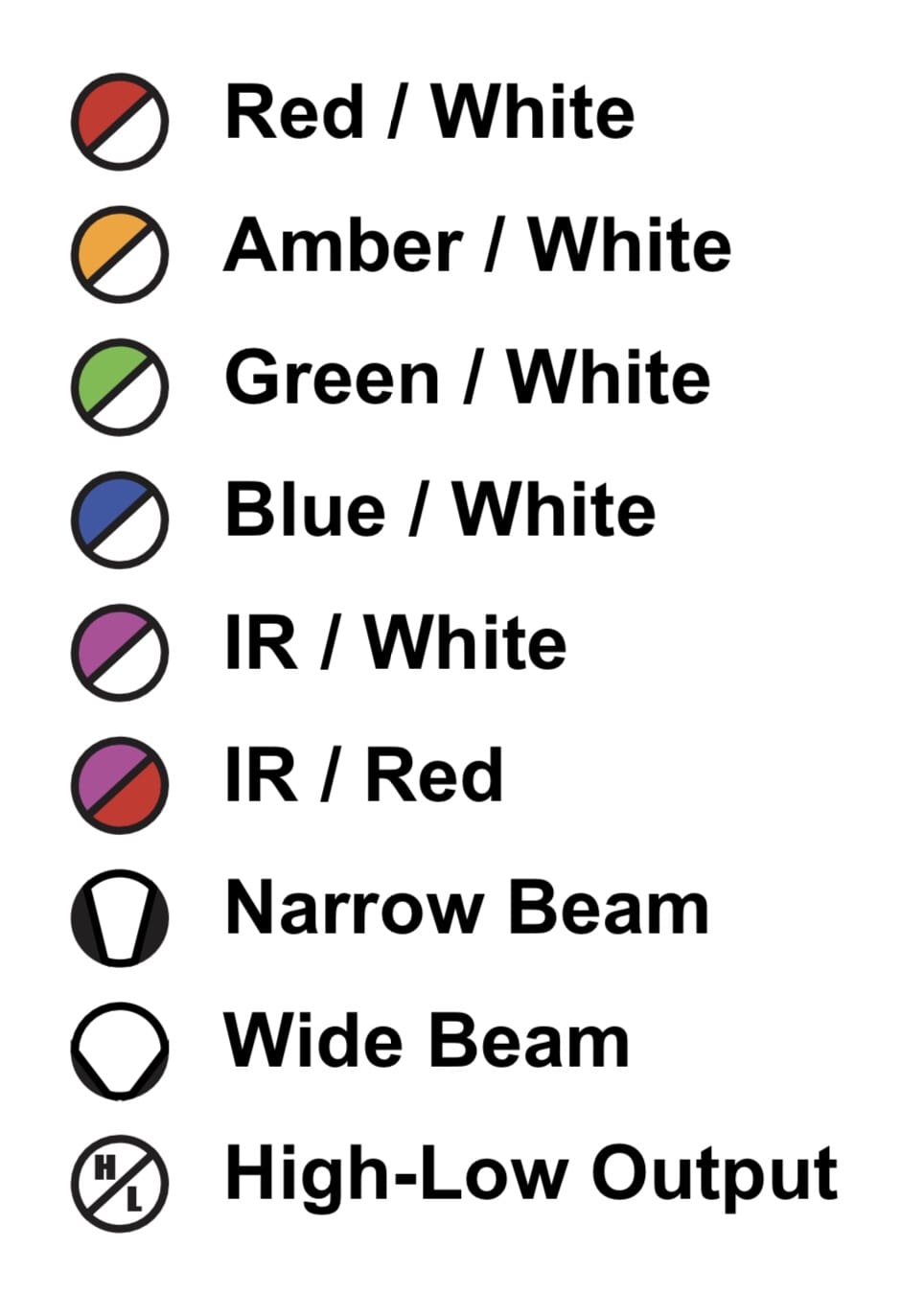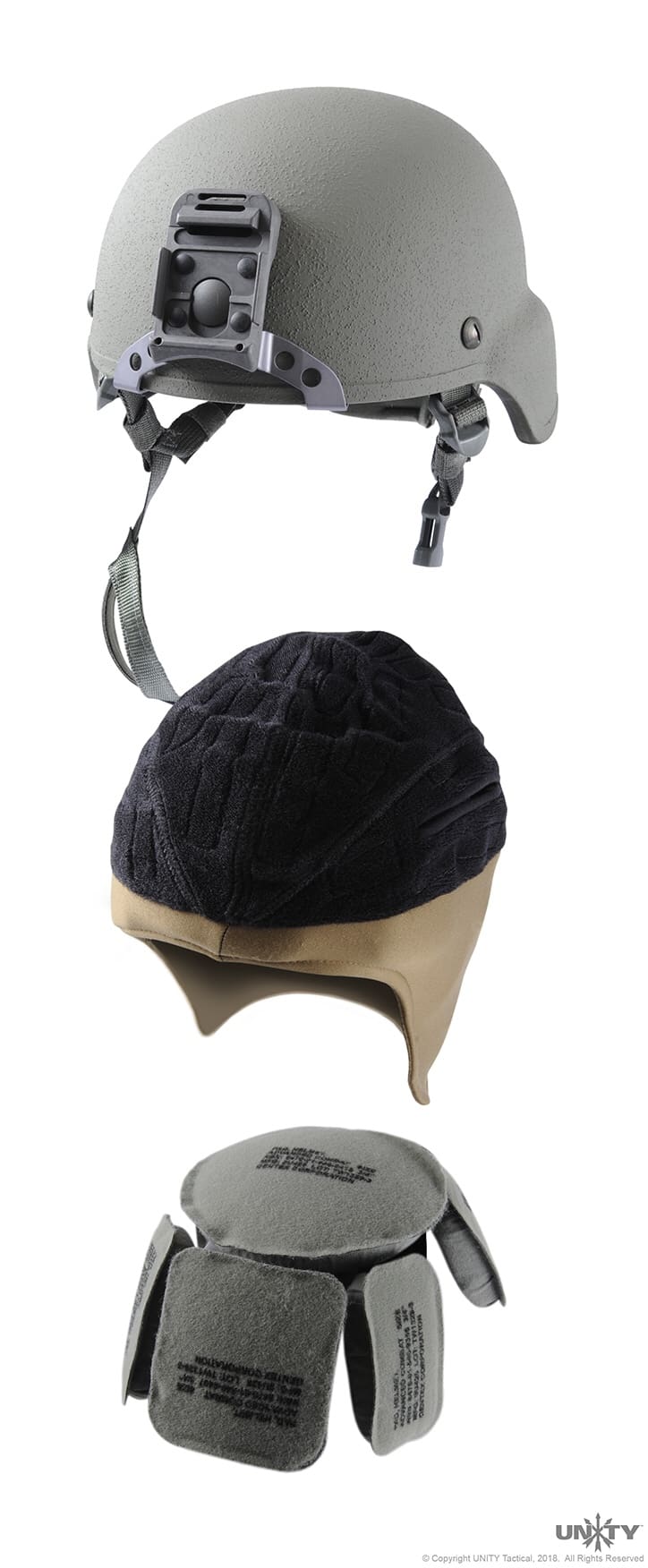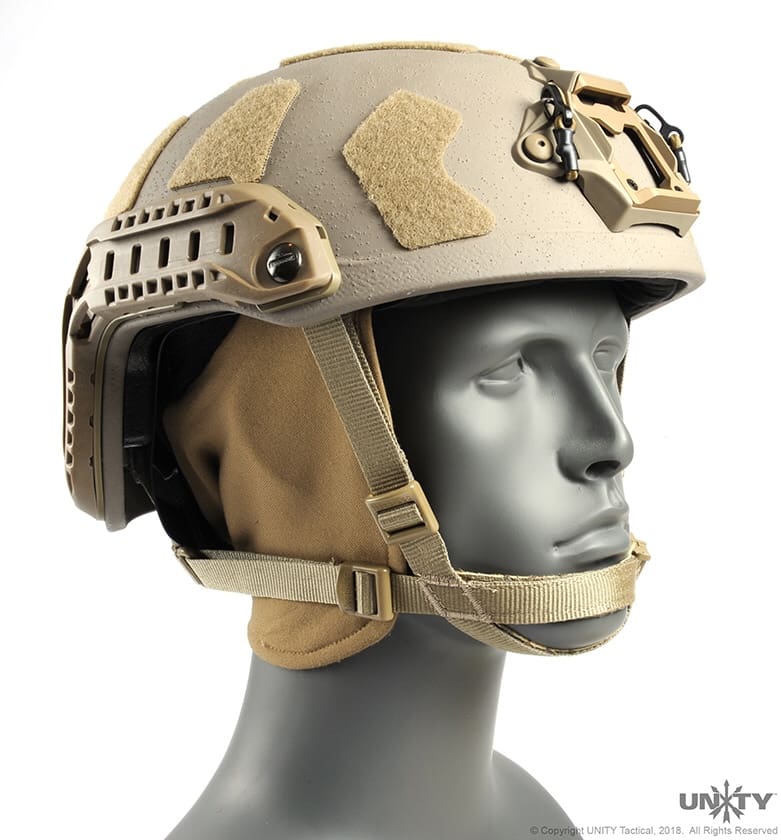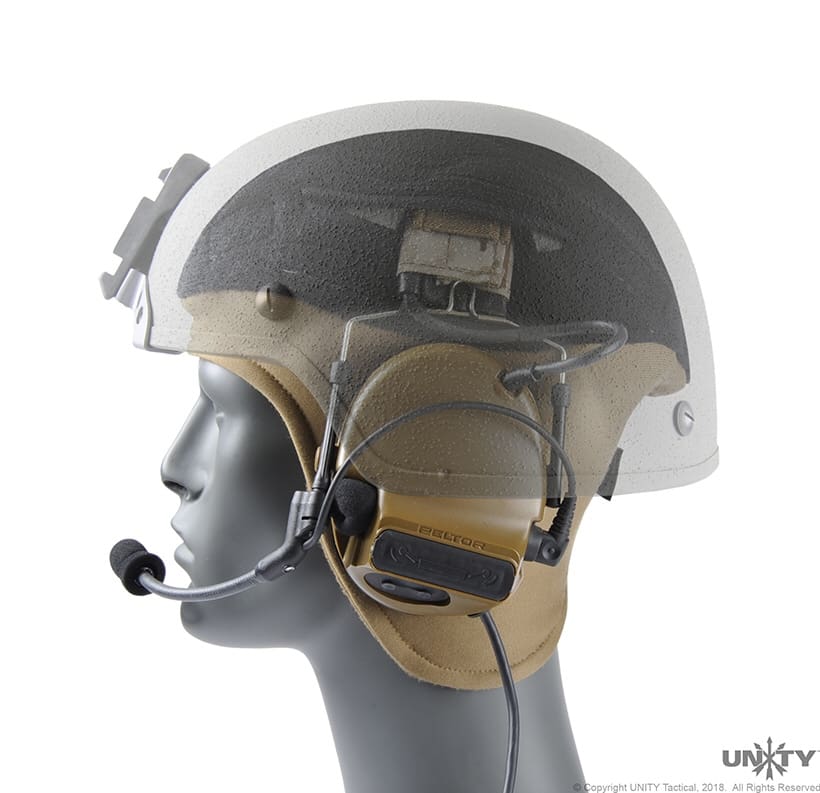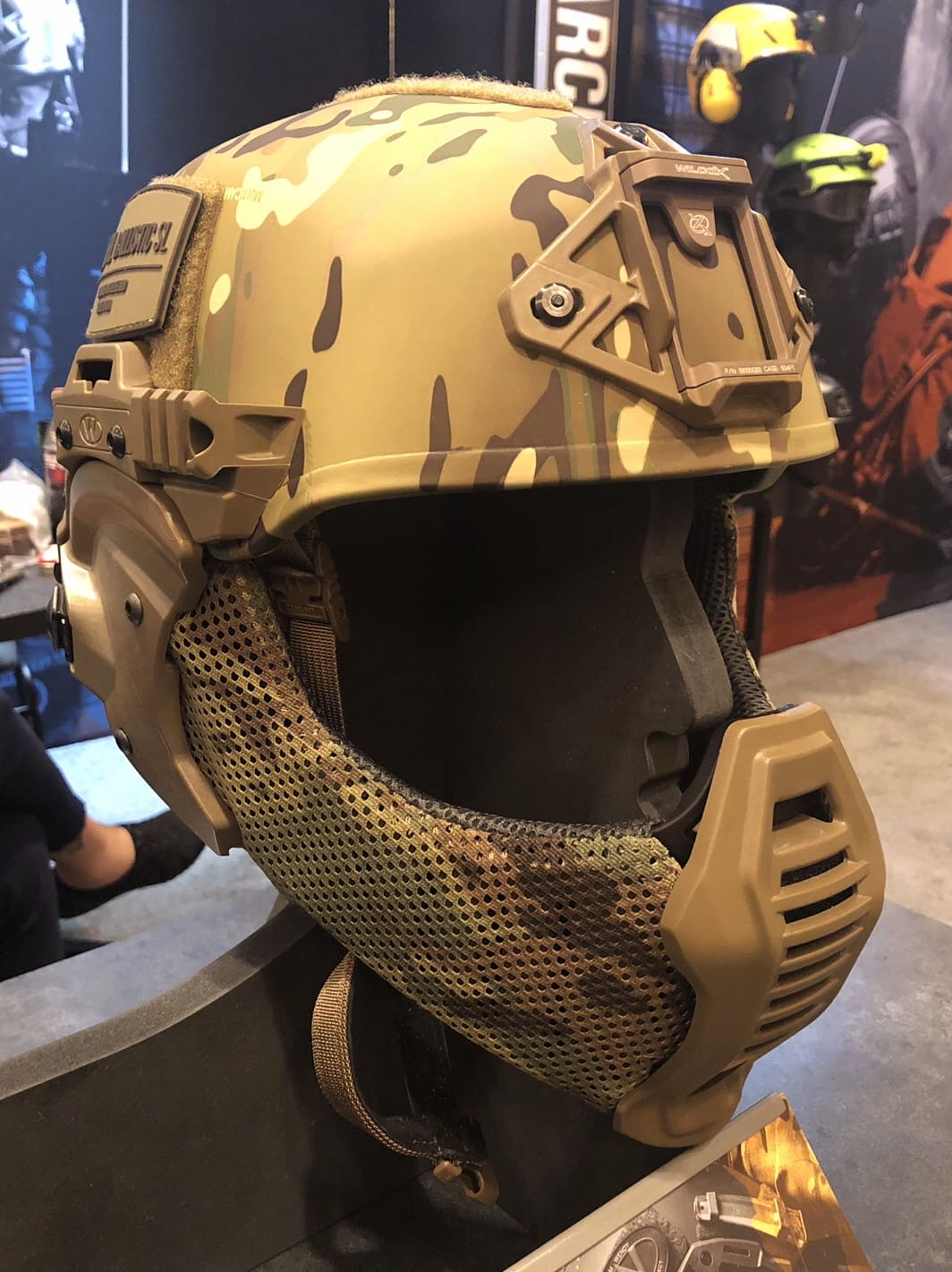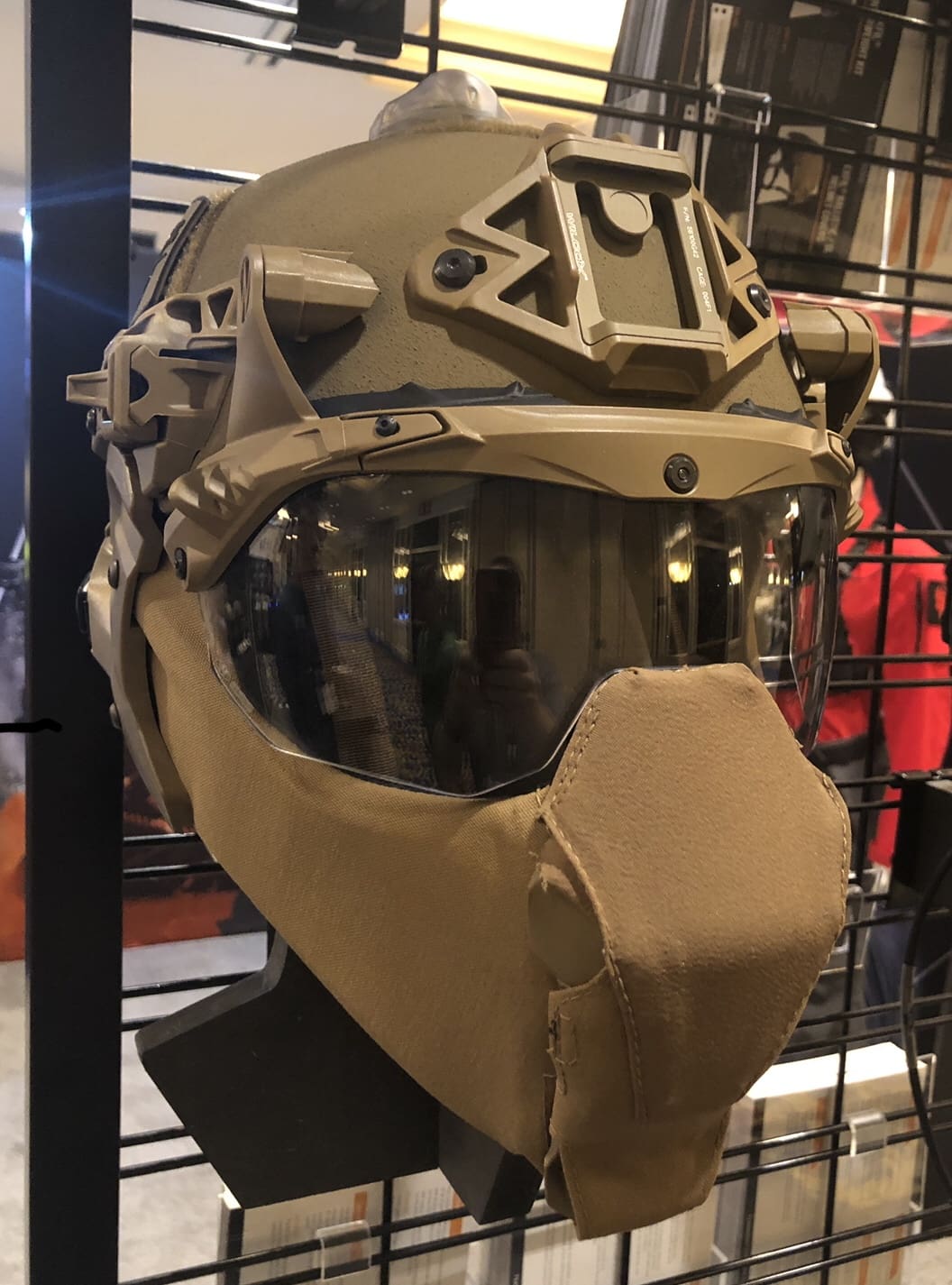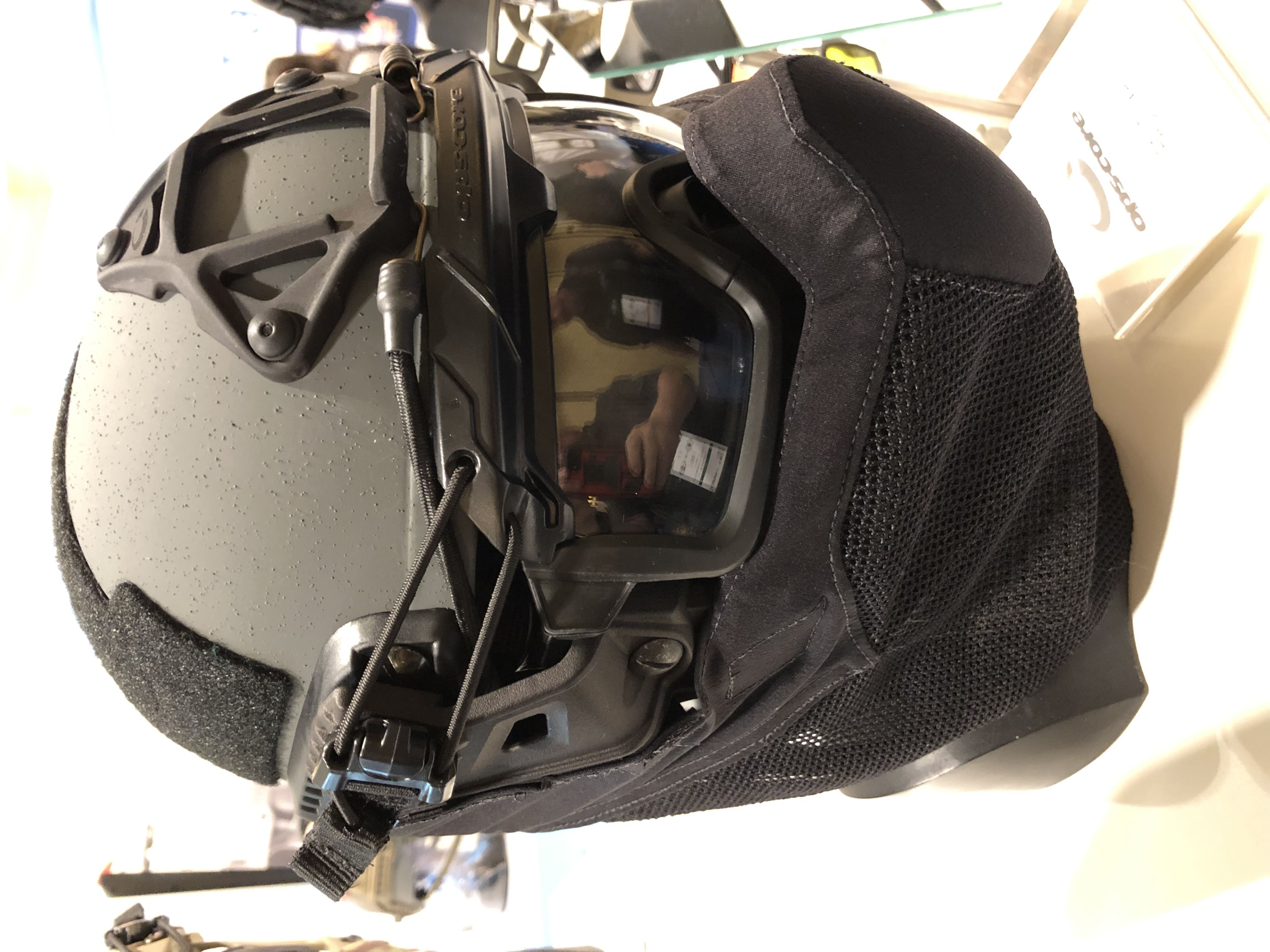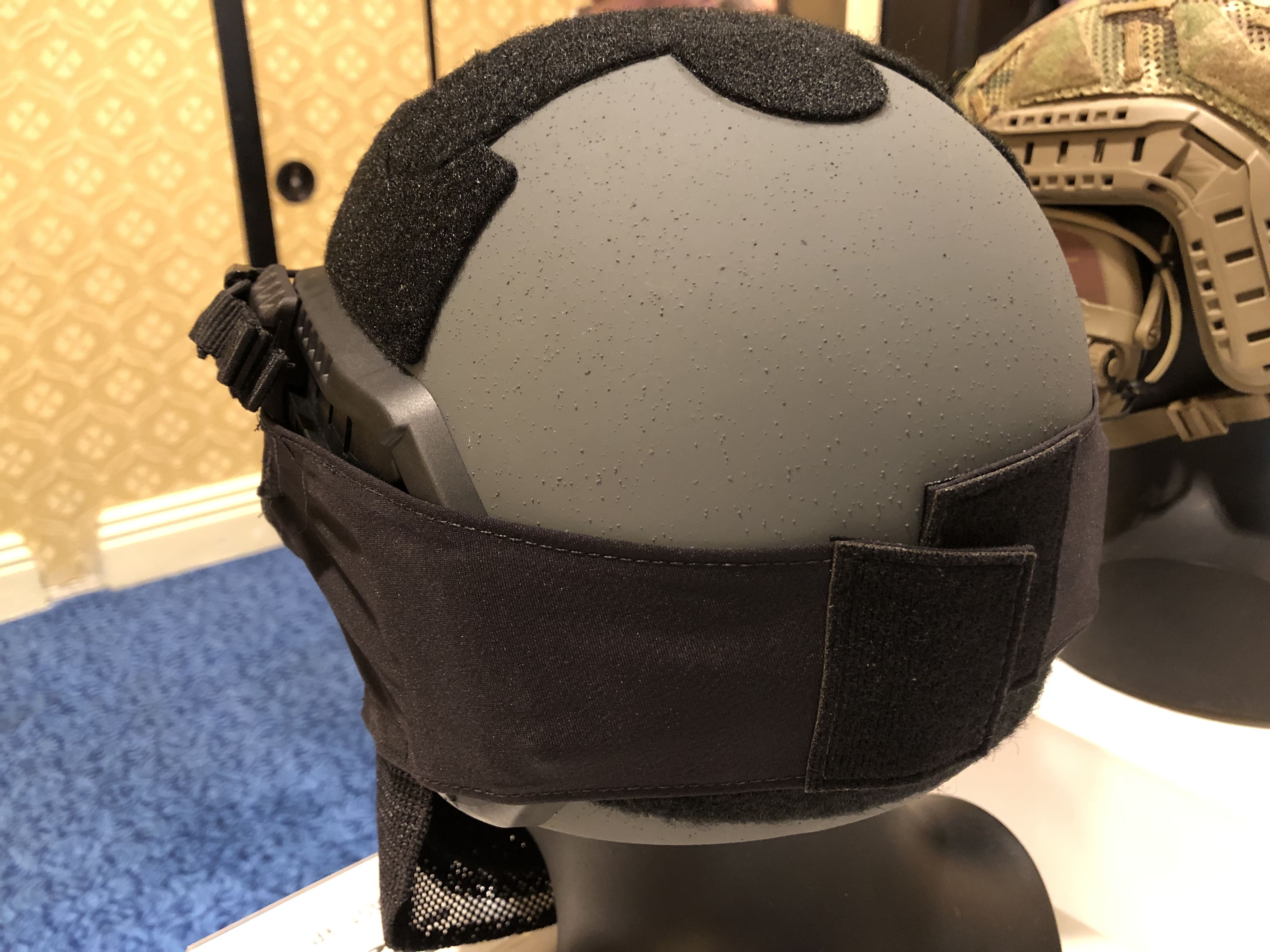NATICK, Mass. — Sometimes you need to put on your thinking cap to develop the best helmets for warfighters.

Scott Bennet has spent decades doing just that. Bennet has spent most of his nearly 30-year career improving helmets for the warfighter, and he is an expert in helmet design and capabilities.
Bennet is a project engineer in the Soldier Protection and Survivability Directorate at the Combat Capabilities Development Command Soldier Center. The CCDC SC supports the Soldier Lethality-Cross Functional Team, or SL-CFT, priorities. The center’s science and engineering expertise are combined with collaborations with industry, DOD, and academia to advance Soldier and squad performance optimization, readiness, and lethality — as well as synthetic training environments.
During his long career, Bennet has worked on the Personnel Armor System for Ground Troops combat helmet, or PASGT helmet, the Advanced Combat Helmet, or ACH, and the Enhanced Combat Helmet, or ECH. Bennet currently supports and is entirely funded by the Marine Corps System Command’s Program Manager Infantry Combat Equipment, or PM ICE, the organization for which he worked on the ECH. The CCDC SC provides technical support to these and several other PM offices.
The ECH is credited with playing a large role in saving the life of Staff Sgt. Steven “Bryan” McQueen, who was serving in Afghanistan. Officials from Program Executive Office Soldier returned the helmet to McQueen in a recent Personal Protective Equipment Return ceremony.
Bennet is proud of his role in the ECH, as well as other helmets.
“Part of my job is to write the performance requirements for the helmet specifications that the contractors build to,” said Bennet. “User requirements, what the helmet needs to do, come directly from the warfighters. The helmet performance specifications are designed to meet those needs. The helmets go through a variety of rigorous tests. It feels good to know that I’m involved with something worthwhile — something that saves lives.”
In addition to the Marine Corps, in the past, Bennet has supported Army Product Managers, including Product Manager Soldier Protective Equipment, or PM SPE, part of PEO Soldier.
Bennet worked on the ACH while supporting PM SPE.
“I was their helmet engineer,” said Bennet.
A few years ago, Staff Sgt. Ty Carter, a Medal of Honor recipient, visited Natick and spoke to the workforce. During his talk, Carter mentioned the ACH. Carter recounted how the ACH saved Sgt. Bradley D. Larson from sniper fire in Afghanistan. Because Larson survived, he was able to provide fire cover and give Carter direction. Carter credited Larson’s survival with his own.
Ever-modest, Bennet is quick to point out that he is just one of many folks at the CCDC SC working hard for the warfighter.
Nevertheless, Bennet’s long-term experience and knowledge of how helmet technologies have evolved make him invaluable. Because of his extensive background knowledge, he knows what realities drove requirement creation and how warfighter battlefield needs have changed over time.
“Scott Bennet has been supporting the Marine Corps ECH program since the beginning, and he played a central role in DOD helmet development long before that,” said Nick Pierce, Individual Armor team lead, Marine Corps Systems Command, headquartered in Quantico, Virginia. “His presence at Natick, where Army and Marine Corps technical support sit side-by-side, and his long-standing relationships throughout the helmet community have been critical to our progress. He is a big part of why some Marines and Soldiers are still alive today.”
Story by Ms. Jane Benson (CCDC SC). Photo by Mr. David Kamm (CCDC SC).
